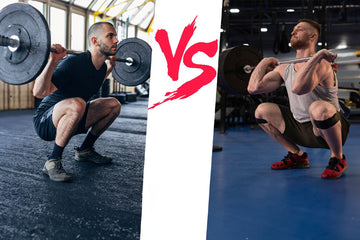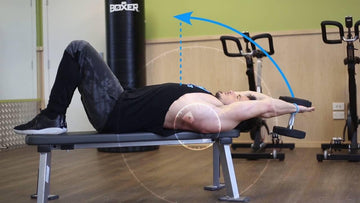

Single Joint Exercises: Do You Really Need Them?
Table of Contents
“Bodybuilders want easier, longer, more frequent exercise. Instead, I give them what they need: harder, briefer, more infrequent exercise.”
– Dr. Ellington Darden
Most workouts are the combination of both single and multi-joint exercises. For example, a person may perform a squat in conjunction with a leg extension, leg curls, ect. Multi-joint exercises recruit several muscles or muscle groups at a time, whereas single joint exercises recruit only 1 primary muscle. The big question is: Does Adding all these single joint really add mass? One of the leading proponents of bodybuilders doing less volume and using greater exercise intensity was Dr. Ellington Darden, who recommends, brief, infrequent, high intensity exercise consisting mainly of multi-joint exercises. Here is a full body typical workout that Dr. Darden recommends:
- Squat
- Calf raise
- Pullover with one dumbbell
- Overhead press
- Bent-over rowing
- Bench press
- Shoulder shrug
- Biceps curl
- Triceps extension with one dumbbell
- Stiff-legged deadlift
One study examined the effect of performing isolated single-joint exercises in conjunction with multi-joint exercises on upper arm circumference and upper body strength in 17 national-level baseball players. One group performed only upper body multi-joint exercises; the other group completed the same multi-joint exercise program plus biceps curl and triceps extension exercises. Both groups reported the same increases in arm circumference and muscle strength. This suggests that performing single joint exercises in combination with multi-joint exercises may not be necessary.
Researchers examined the effect of adding single-joint exercises to a multi-joint exercise resistance-training program on upper body muscle size and strength. Twenty-nine untrained young men participated in a 10-week training session. They were randomly divided in 2 groups: the multi-joint exercise group performed only multi-joint exercise exercises (lat pulldown and bench press); the multi-joint exercise +single-joint group performed the same multi-joint exercise exercises plus single-joint exercises (lat pulldown, bench press, triceps extension, and bicep curls). All exercises were performed with 3 sets of 8–12 repetitions.
Participants were instructed to perform all sets until failure. Before and after the training period, the muscle thickness of the arms was measured with ultrasound, and peak torque was measured with an isokinetic dynamometer. At the end of the study, there was a significant increase in muscle growth for the both the single and multi-joint group (6.5% for multi-joint and 7.04% for multi-joint+single-joint) and peak torque (10.40% for multi-joint and 12.85% for multi-joint+single-joint) in both groups, but there were no between-group differences.
Therefore, this study showed that the inclusion of single-joint exercises in a multi-joint exercise exercise training program resulted in no additional benefits in terms of muscle size or strength gains in untrained young men.

















